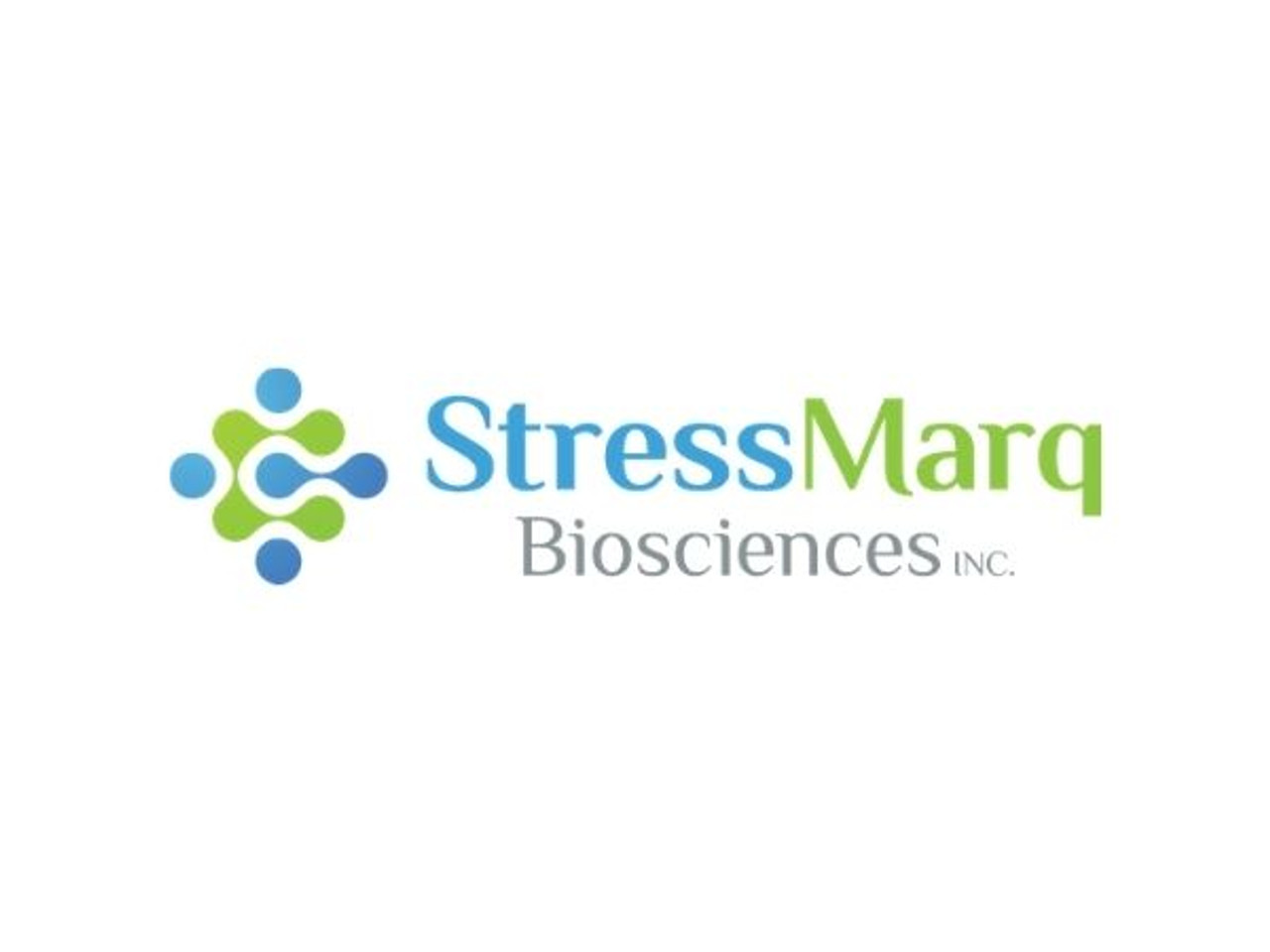Product Description
HSP90 Protein is available at Gentaur for Next week delivery.
Description: P. Falciparum Recombinant HSP90 Partial Protein
Alternative Name(s): PfHSP90 Protein, Pf14_-417 HSP90 Protein, HSP90 Protein
Research Area(s): Cancer | Heat Shock | Cell Signaling | Protein Trafficking | Chaperone Proteins | Cancer | Tumor Biomarkers
Nature: Recombinant
Accession Number: XP_001348591.1
Gene ID: 811999
Swiss-Prot: Q8IL32
Applications Species: WB | SDS-PAGE
Biological Activity:
Expression System: E. coli
Protein Length: Partial
Amino Acid Sequence: QPVLEINPNHFIIKQLNHLIQIDKMNLQNSEIAEQIFDVASMQGGYTIDDTGLFAKRVIGMMEKNAEQYLMNVQSNISNNTLNNNTSGSEMPQNNSPNELQSEMKSTNGIDDNSNISENKINESSSNQNNIGENSIAEENNIKNIAESDVNKINLGENDVSQNTMHKQDSGLFNLDPSILNSNMLSGSDKTLL
Purification: Affinity Purified
Storage Buffer: 50mM Tris/HCl pH7.5, 300mM NaCl, 10% glycerol
Concentration: Lot/batch specific. See included datasheet.
Shipping Temperature: Blue Ice or 4ºC
Other relevant information:
Certificate of Analysis: This product has been certified >90% pure using SDS-PAGE analysis.
Cellular Localization: Cytoplasm | Melanosome
Scientific Background: HSP90 is an abundantly and ubiquitously expressed heat shock protein. It is understood to exist in two principal forms alpha and beta, which share 85% sequence amino acid homology. The two isoforms of HSP90 are expressed in the cytosolic compartment (1). Despite the similarities, HSP90alpha exists predominantly as a homodimer while HSP90beta exists mainly as a monomer (2). From a functional perspective, HSP90 participates in the folding, assembly, maturation, and stabilization of specific proteins as an integral component of a chaperone complex (3-6). Furthermore, HSP90 is highly conserved between species; having 60% and 78% amino acid similarity between mammalian and the corresponding yeast and Drosophila proteins, respectively. HSP90 is a highly conserved and essential stress protein that is expressed in all eukaryotic cells. Despite its label of being a heat-shock protein, HSP90 is one of the most highly expressed proteins in unstressed cells (1-2% of cytosolic protein). It carries out a number of housekeeping functions, including controlling the activity, turnover, and trafficking of a variety of proteins. Most of the HSP90-regulated proteins that have been discovered to date are involved in cell signaling (7-8). The number of proteins now know to interact with HSP90 is about 100. Target proteins include the kinases v-Src, Wee1, and c-Raf, transcriptional regulators such as p53 and steroid receptors, and the polymerases of the hepatitis B virus and telomerase (5). When bound to ATP, HSP90 interacts with co-chaperones Cdc37, p23, and an assortment of immunophilin-like proteins, forming a complex that stabilizes and protects target proteins from proteasomal degradation. In most cases, HSP90-interacting proteins have been shown to co-precipitate with HSP90 when carrying out immune adsorption studies, and to exist in cytosolic heterocomplexes with it. In a number of cases, variations in HSP90 expression or HSP90 mutation has been shown to degrade signaling function via the protein or to impair a specific function of the protein (such as steroid binding, kinase activity) in vivo. Ansamycin antibiotics, such as geldanamycin and radicicol, inhibit HSP90 function (9). Recently, Prof. Tatu's laboratory has shown the importance of HSP90 in parasite growth. They have shown that inhibition of P. Falciparum HSP90 (PfHSP90), blocks the erythrocytic cycle by inhibiting stage transformation, leading to inhibition of parasite growth (10, 11). Looking for more information on HSP90? Visit our new HSP90 Scientific Resource Guide at http://www.HSP90.ca.
References: 1. Nemoto T., et al. (1997) J.Biol Chem. 272: 26179-26187. 2. Minami Y., et al. (1991) J.Biol Chem. 266: 10099-10103. 3. Arlander S.J.H, et al. (2003) J Biol Chem. 278: 52572-52577. 4. Pearl H., et al. (2001) Adv Protein Chem. 59: 157-186. 5. Neckers L., et al. (2002) Trends Mol Med. 8: S55-S61. 6. Pratt W., Toft D. (2003) Exp Biol Med. 228: 111-133. 7. Pratt W., Toft D. (1997) Endocr Rev. 18: 306–360. 8. Pratt W.B. (1998) Proc Soc Exptl Biol Med. 217: 420–434. 9. Whitesell L., et al. (1994) Proc Natl Acad Sci USA. 91: 8324–8328. 10. Banumathy G., Singh V., Pavithra S.R., and Tatu U. (2003) J Biol Chem. 278(20): 18336-45. 11. Pavithra S.R, Banumathy G., Joy O., Singh V., and Tatu U. (2004) J Biol Chem. 279(45): 46692-9.
Field of Use: Not for use in humans. Not for use in diagnostics or therapeutics. For research use only.
PubMed ID:
Published Application:
Published Species Reactivity:
" Euro
Euro
 British Pound
British Pound
 US Dollar
US Dollar












